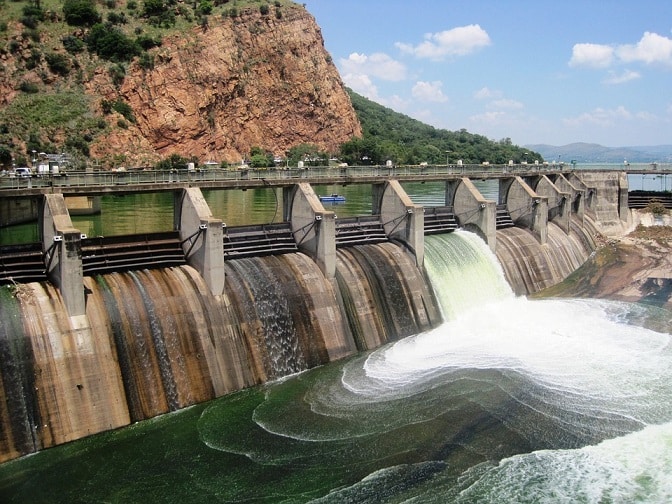While billions of individuals have gained access to clean and safe drinking water since 1990, research has shown that there are still glaring inequalities across the globe.
According to a report by the World Health Organisation/Unicef Joint Monitoring Programme on the global drinking water situation over the past 17 years, 2.6 billion people have gained access to an improved drinking water source since 1990, but huge inequalities still persist between and within countries, with one in 10 people still drinking water from unprotected sources. Approximately 50% of these live in rural areas in sub-Saharan Africa.
Collecting water is still a major burden, especially in sub-Saharan Africa, where many individuals, most often women or girl-children, spend more than an hour per trip collecting water, often carrying heavy buckets for kilometres.
In South Africa in 2014, 20% of households with municipal piped water had interruptions that lasted for more than two days at a time. In some provinces the water supply in 60% of households has been interrupted for two days or more at a time.
For water to be considered safe, it means that the source must be free from pathogens and high levels of harmful substances. Faecal contamination is the main health concern, as E.coli can be very dangerous. In Nepal, 91% of the population drink from an improved water source, but E.coli has still been detected.
How much individuals pay for water and sanitation varies from country to country, but the full cost of such services is not always fully recorded and it is unclear whether having to pay for water and sanitation will prevent people from getting access to them. Individuals in Tanzania spend in excess of 5% of their total expenditure on drinking water.
While great strides have been made towards attaining the SDG 6 goals of Ensuring availability and sustainable management of water and sanitation for all, much more needs to be done to ensure that this happens faster.
Get water coolers and water cooler accessories from Living-Water Ltd.






